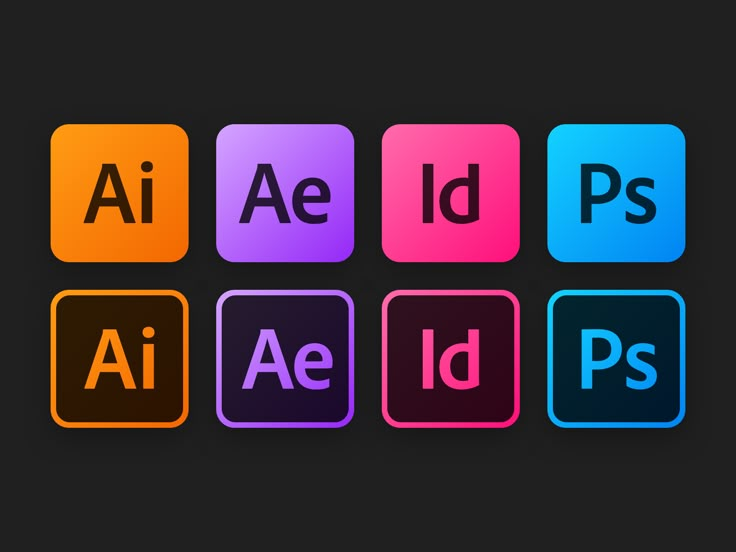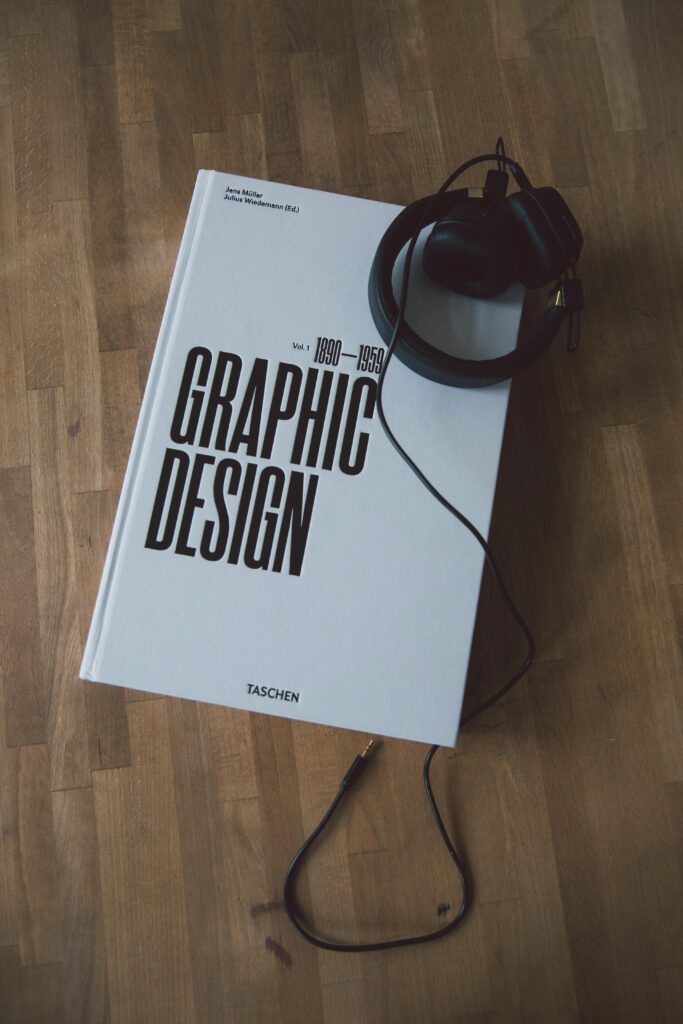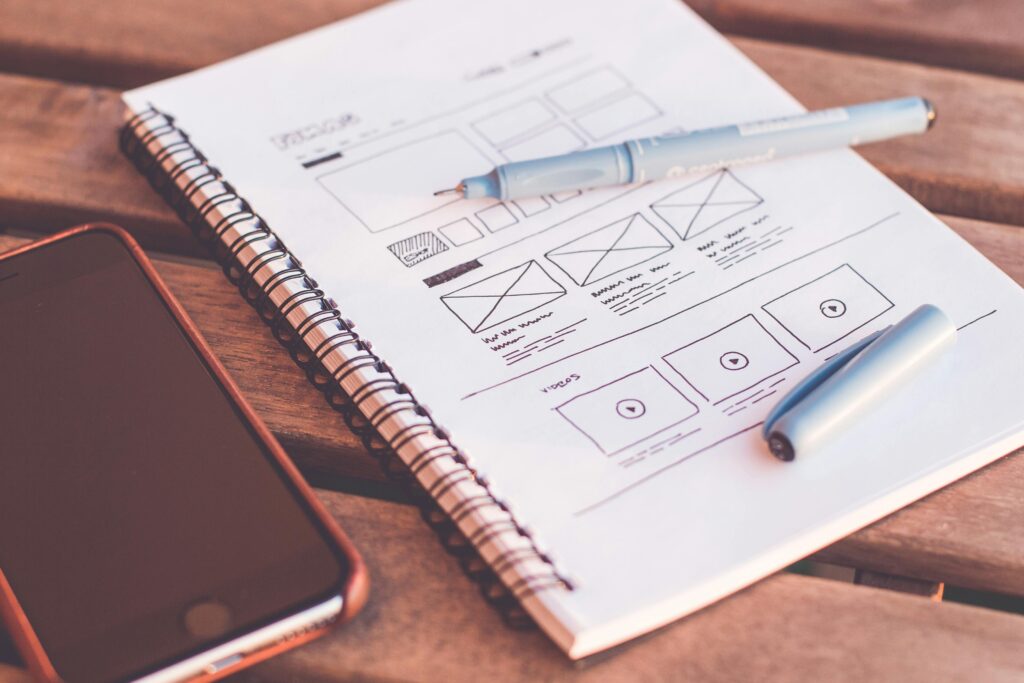
What exactly is graphic design, and how does it work?
Graphic design is a dynamic and creative field that combines technical skills, artistic vision, and strategic thinking to develop visual communications that engage, educate, and persuade target audiences

What's a day in the life of a graphic designer like, and what inspires their creativity?

Graphic designers employ a range of visual elements, including color, typography, and imagery, to design and develop effective visual communications that convey complex information, express ideas, and evoke emotions across various mediums, including print, web, and digital platforms.
How graphic designers work.
Graphic designers employ computer-aided design (CAD) software, graphic design software, or traditional hand-rendering techniques to create visual concepts, combining design elements such as typography, color, and imagery.
The multifaceted role of a graphic designer involves:
- Concept development: Generating and refining initial ideas through brainstorming, sketching, and research.
- Layout design: Crafting balanced and aesthetically pleasing compositions, incorporating text, images, graphics, and other visual elements.
- Typography selection: Choosing and pairing fonts to convey tone, personality, and messaging.
- Color theory application: Strategically selecting and applying color palettes to evoke emotions, create associations, and guide visual flow.
- Illustration and iconography: Designing custom illustrations and icons to enhance visual storytelling and communication.
- Client collaboration: Building and maintaining effective relationships with clients, understanding their needs, and refining designs to meet their expectations.
Graphic designers strive to achieve the following objectives:
- Effective communication: Conveying messages, ideas, and information through visual elements.
- Attention and engagement: Crafting visually appealing designs to capture interest and encourage interaction.
- Brand establishment: Developing consistent visual identities across platforms to foster recognition and loyalty.
- User experience enhancement: Designing intuitive and user-friendly digital interfaces.

The field of graphic design comprises numerous specialties, each requiring unique skills and expertise:
- Web design: Encompassing the planning, design, and development of websites, web applications, and mobile applications.
- User interface (UI) and User experience (UX) design: Focusing on creating intuitive, user-centered, and aesthetically pleasing digital interfaces.
- Packaging design: Involving the design and development of packaging, labels, and point-of-sale materials for products.
- Motion graphics and animation: Combining visual elements, motion, and sound to create dynamic visuals for film, television, digital media, and live events.
- Illustration: Encompassing the creation of original artwork, including drawings, paintings, and digital artwork, for various applications.
- Publication and typographic design: Focusing on the design and production of printed materials, such as books, magazines, newspapers, and catalogues.
- Game design: Involving the development of visual concepts, characters, environments, and interfaces for video games and interactive experiences.
Graphic designers can explore various career paths and specializations, including:
- Branding design: Involving the creation of unique brand identities, encompassing logos, typography, color palettes, and brand guidelines.
- Print design: Encompassing the design and production of printed materials, such as brochures, flyers, posters, business cards, and stationery.
- Web design: Focusing on the design and development of website layouts, user interfaces, and visual elements, including responsive design, user experience (UX), and user interface (UI) design.
- Packaging design: Involving the creation of visually appealing and functional packaging solutions for products, including labels, bottles, cans, and other containers.
- Motion graphics: Combining visual elements, motion, and sound to create dynamic visuals for video content, including title sequences, commercials, explainer videos, and social media animations.
Graphic design can significantly contribute to business growth by:
- Enhancing brand identity: Developing a unique visual brand language that resonates with the target audience.
- Attracting customers: Crafting visually appealing designs that capture attention, evoke emotions, and encourage engagement.
- Conveying key messages: Effectively communicating brand values, products, and services through clear and concise visual storytelling.
- Boosting brand awareness: Consistently applying the brand identity across various platforms, including websites, social media, print advertisements, and packaging.
- Driving sales and engagement: Creating professional-looking marketing materials that inspire trust, build credibility, and ultimately drive conversions.

Graphic designers can leverage various design platforms to accomplish their objectives.

Graphic Design Platforms:
- Adobe Photoshop: Industry-standard for image editing, suitable for graphic designers of all skill levels.
- Canva: Cloud-based platform for creating and sharing designs for social media, marketing, presentations, and documents.
- Inkscape: Professional vector graphics editor, ideal for vector art and SVG file format, compatible with Windows, Linux, and iOS.
- CorelDRAW: Vector graphics editor, similar to Adobe Illustrator, popular among graphic designers, illustrators, and artists.
- Adobe InDesign: Part of Adobe’s creative suite, useful for marketers and graphic designers, ideal for creating layouts for online and print publishing.
- GIMP: Open-source alternative, suitable for graphic designers, web designers, and UI designers.
- Adobe Express: Free tool, offering thousands of design templates and royalty-free stock photos.
- Pixlr: Available on iOS and Android, featuring an intuitive touch interface.
- Sketch: Popular software for graphic design, especially for designing user interfaces and web designs.
- And many more…
These platforms cater to various needs, skill levels, and design requirements, making them essential tools for graphic designers.
Graphic design plays a vital role in improving daily life, making a significant difference in:
- Information comprehension: Graphic design helps to present complex information in a clear, concise, and easily digestible manner.
- Experience creation: Well-designed visual elements can create memorable experiences, making everyday interactions more enjoyable and engaging.
- Emotional influence: Graphic design has the power to evoke emotions, influencing mood and overall well-being.”
Graphic design improves accessibility by:

- Packaging design: Ensuring that product information is clear, readable, and understandable, making it easier for people to make informed purchasing decisions.
- Website design: Creating websites that are easy to navigate, visually appealing, and provide a clear understanding of the content and services offered.
- Environmental design: Designing street signs, wayfinding systems, and other environmental graphics that help people navigate and understand their surroundings.
- Social media design: Developing visual content that is engaging, informative, and accessible, facilitating online communication and social interaction.
Graphic design plays a pivotal role in crafting memorable experiences across various mediums:
- Brand identity design: Developing visual identities that convey a company’s values, mission, and offerings.
- Advertising design: Creating persuasive and engaging visual communications that promote products and services.
- Environmental design for TV, theater, and movie sets: Designing immersive and engaging environments that transport audiences to new worlds.
Graphic design has a profound impact on emotional states, leveraging various visual elements to influence mood:
- Color theory: Strategically selecting colors to elicit specific emotional responses, such as warmth, calmness, or excitement.
- Typography: Carefully choosing fonts to convey distinct emotional tones, including professionalism, playfulness, or elegance.
- Imagery: Thoughtfully selecting images to evoke emotions, inspire aspirations, or create a sense of calm.
Graphic design can drive positive social change by:
- Raising awareness about important issues.
- Supporting nonprofit campaigns.
- Promoting diversity and inclusion.

In conclusion, graphic design is an integral part of our daily lives, serving as a vital tool for communication, navigation, and interaction. Through its various applications, including advertising, branding, packaging, and user interface design, graphic design enables us to access and process information more efficiently, and it has a profound impact on how we perceive and engage with the world around us.
Graphic design is a multifaceted field that necessitates:
- Creative thinking: Developing innovative solutions to complex design problems.
- Artistic and design skills: Possessing a strong understanding of visual elements, composition, and design principles.
- Time and dedication: Committing sufficient time and effort to refine design concepts, iterate on feedback, and deliver high-quality results.